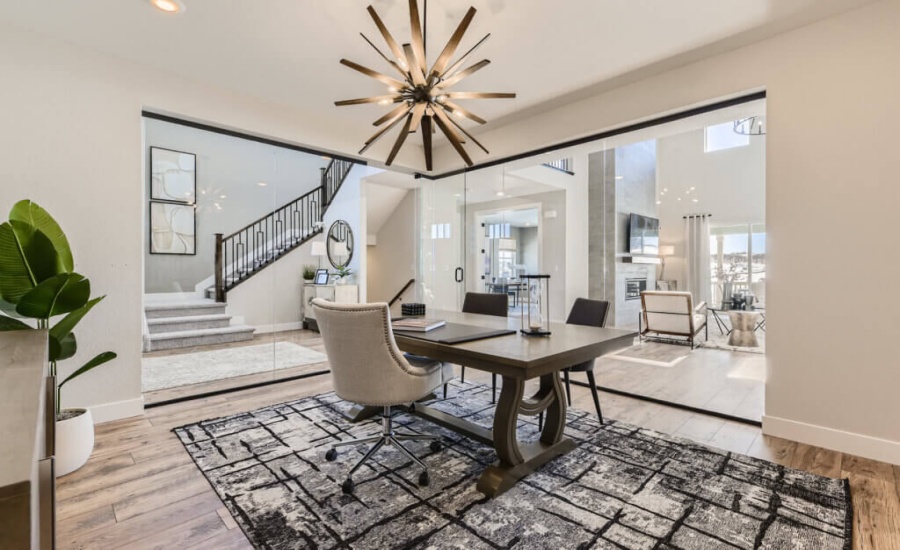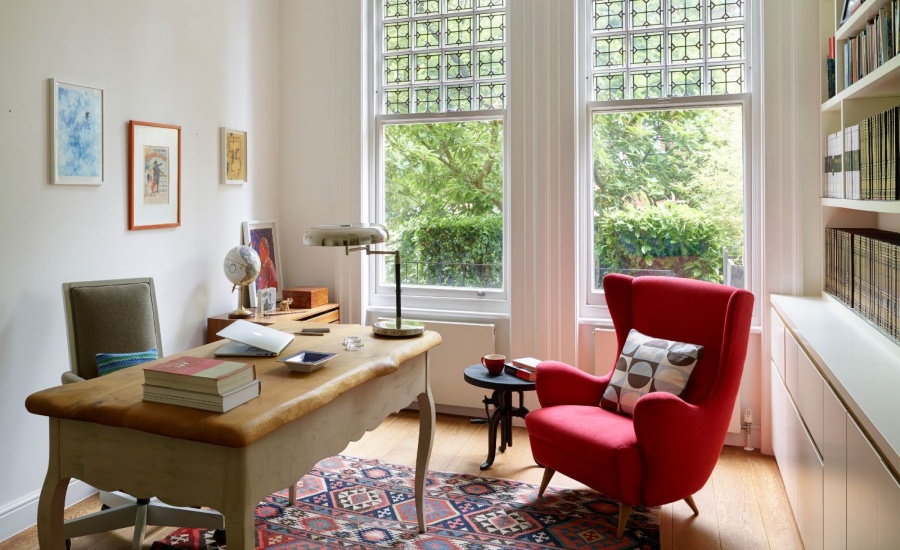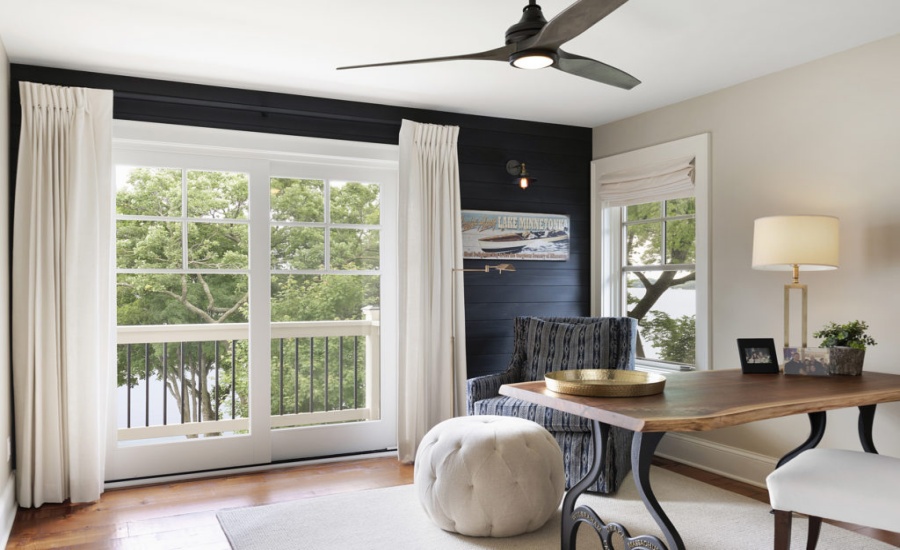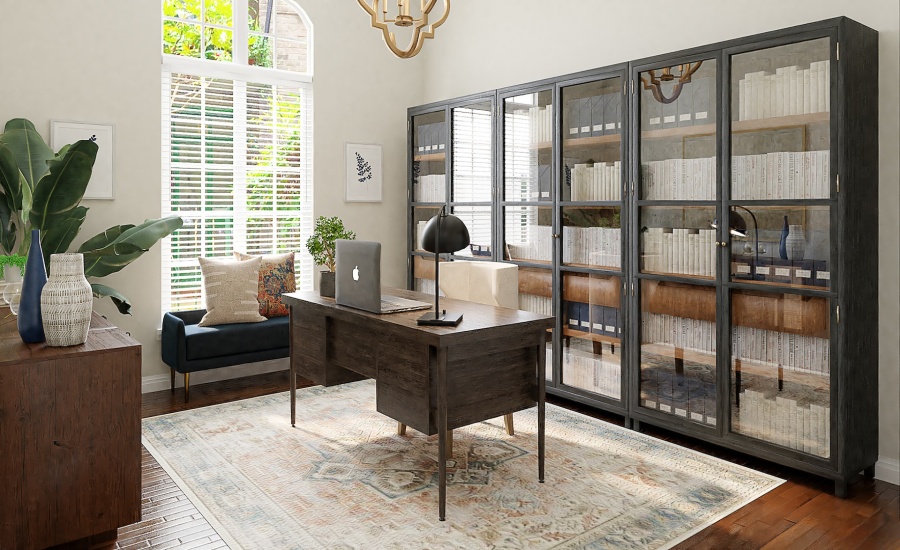Firstly, think about the purpose of your office. Will it be used primarily for work, or will it also serve as a space for relaxation and creativity? The purpose will significantly influence the design choices you make, from the type of desk and chair you choose to the lighting and color scheme.
The layout is another crucial factor. Aim for a layout that allows easy movement and access to essential items. Position your desk near a window to make the most of natural light, but avoid direct sunlight on your screen to prevent glare.
When selecting furniture, comfort and functionality should be your top priorities. An ergonomic chair and a desk at the right height can make a significant difference to your comfort and productivity. If space allows, consider adding a comfortable chair or couch for reading or taking breaks.
Lighting is vital in any workspace. Natural light is ideal, but you may also need additional lighting, such as a desk lamp, for tasks that require more focus. Adjustable blinds or curtains can help control the amount of light entering the room.

Personalizing your workspace with elements that reflect your personality can enhance your work experience and make your office a more enjoyable place. In addition, considering storage solutions, such as built-in shelves, filing cabinets, or multifunctional furniture, is crucial to maintaining an organized and efficient home office.
Lastly, consider your technological needs. Ensure you have enough power outlets for all your devices and a strong Wi-Fi signal. If you frequently participate in video calls, a high-quality webcam and microphone are good investments.
Renovating your home office is an opportunity to create a space that suits your needs and reflects your style. By considering the purpose, layout, furniture, lighting, personal touches, storage, and technology, you can create a workspace that is both functional and enjoyable.



